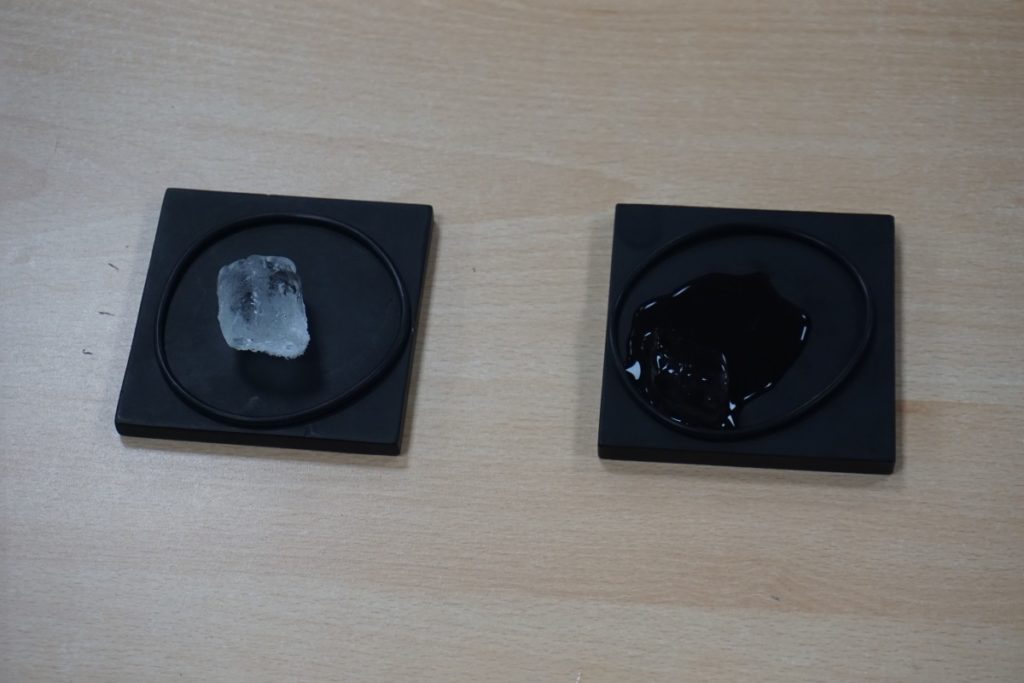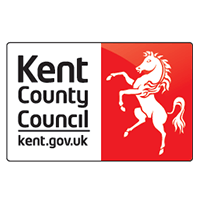Science Club and Eco Science Club learning about Heat Conduction and Insulation
Both our science clubs commenced in w/c 8th November with sessions about heat conduction and insulation to mark the end of the Global Climate Conference, COP 26, in Glasgow.
In the first conduction demonstration, children were amazed that the colder feeling aluminum tile melted an ice-cube much quicker than the warmer feeling plastic foam tile. This demonstration showed that heat travels through aluminum quicker than plastic foam, because the metal feels colder to touch as it drains the heat away from our fingers. The aluminum then melts an ice cube quicker as it speedily channels the relative warmth from its surroundings to the ice cube.
Children also learnt that different metals conduct heat at different speeds by melting butter off a conduction star that had spokes made of aluminum, copper, bronze, steel and nickel. – Aluminum and copper were found to be the best conductors.
Next, the children experienced firsthand how fat, a poor conductor and therefore a good insulator, protects artic animals from the coldness of icy waters. They learnt that blubber (fat) stopped body warmth transferring into icy waters. In Eco Science Club, this was extrapolated to thick winter coats and loft insulation, both of which contain lots of trapped air (a good insulator) and so stops heat being lost to the cold outdoors. The insulation properties of different coats and an emergency blanket were then visualized by using a thermal camera. It was found that the emergency blanket worked best when scrunched up to make lots of insulating air pockets.
Many thanks to Pfizer for their kind loan of their thermal camera.



















